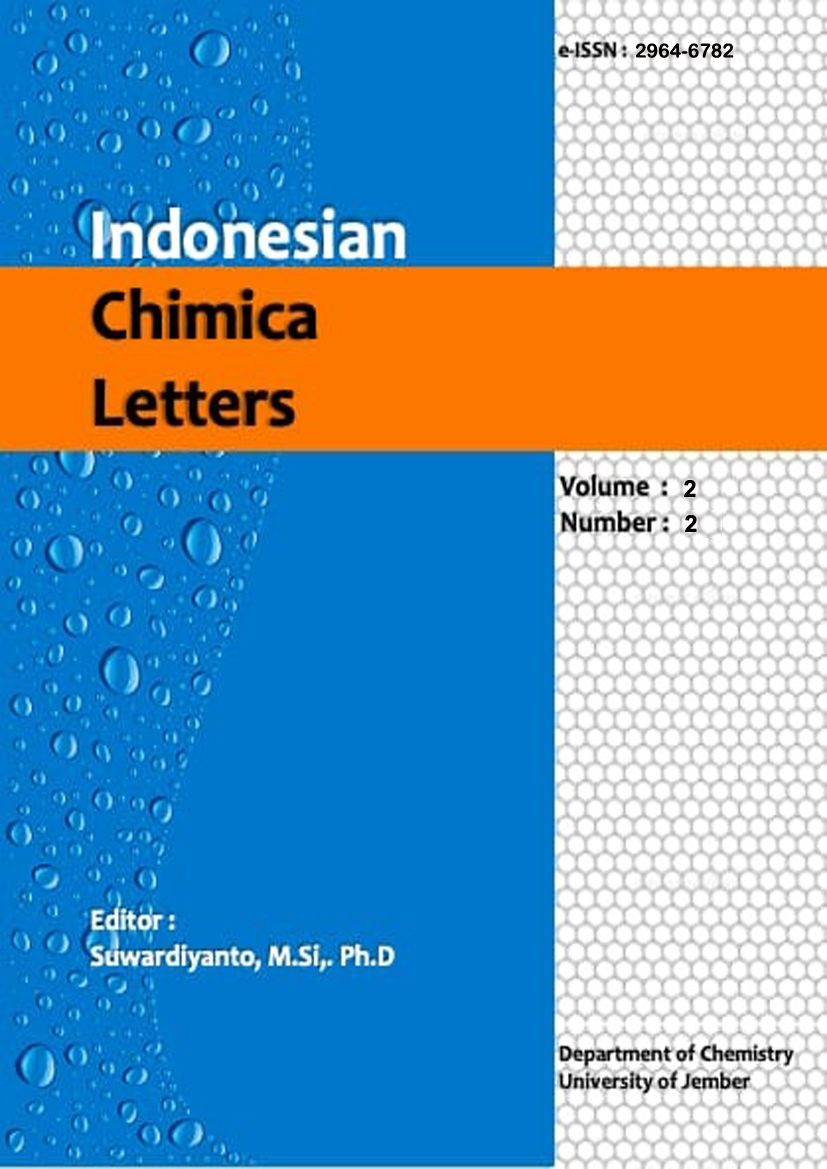Spectrophotometric Analysis of Caffeine Content in Coffee Mistletoe (Dendrophthoe petandra L.)
DOI:
https://doi.org/10.19184/icl.v2i2.5606Keywords:
caffeine, coffee mistletoe, spectrophotometric, visibleAbstract
Caffeine, a well-known alkaloid presents in plants such as tea, coffee, and kola nuts, was thoroughly analyzed in coffee mistletoe. Our study successfully extracted caffeine using dichloromethane and chloroform, incorporating qualitative testing and robust method validation with a visible spectrophotometer. Notably, dichloromethane yielded the highest caffeine extract at 0.042 grams. The qualitative tests distinctly confirmed the presence of caffeine, evidenced by a color change with Parry's reagent and a maximum absorption wavelength of 273 nm. We also pinpointed the caffeine complex’s maximum wavelength at 640 nm, further validating our findings against a standard solution. Our method validation showed impressive linearity (r = 0.9974), with limits of detection at 1.81 ppm and quantitation at 6.02 ppm. The accuracy ranged between 90.0% and 97.5%, while the precision values were consistently around 98%. Additionally, we determined the water content of the coffee mistletoe leaf powder to be 8.733%. This comprehensive analysis establishes a strong foundation for the caffeine content in coffee mistletoe.



